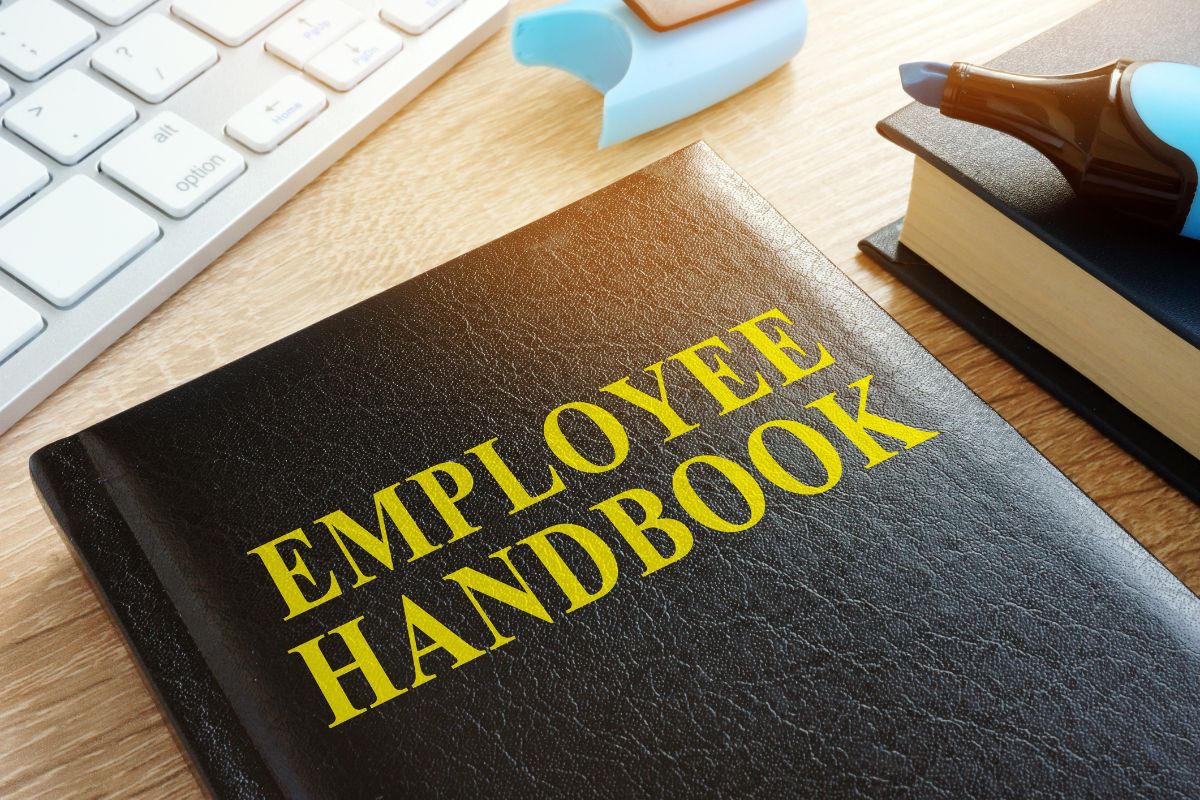Writing Your Office Manual As A Sole Practitioner

For sole practitioners, preparing and maintaining a manual of office policies and procedures is an essential part of any law practice. While it may not be the most compelling literary exercise, the alternative is unthinkable. Anything but a well-drafted manual makes a law firm susceptible to all types of legal claims while providing little guidance to employees regarding their important work-related responsibilities.
Taking all the requisite time to formulate and draft an effective office policies and procedures manual avoids countless future misunderstandings, disagreements, and failures. Law firms that have a clear, comprehensive manual will create and facilitate the reliability of employees providing stability and predictability. A result of this is a less stressful work environment that is conducive to a happy work environment. A well-drafted manual also saves time since employees will have most of their questions answered, which reduces the instances that they must take the time of a managing attorney/sole practitioner to answer a work-related question.
Most office policies and procedures manuals are composed of two sections. The office policies section states, defines, and clarifies the office’s rules and regulations. Policies describe overall matters such as ethics/confidentiality and personnel policies. These include the comprehensive office protocols related to matters involving job definitions and expectations; the conditions of employment; and employee behavior.
The office procedures section documents the administrative functions necessary for the law practice to operate effectively and efficiently. Procedures should be divided by day, month, and annual undertakings. Procedures describe specific tasks such as checklists for new client intake, conflict checking procedures, calendaring, file management, writing style formats, and who to call when the printer stops working. Other routine activities such as opening mail, answering the phone should also be included. After all, the smooth operation of the firm based on the policies and procedures delineated in the office manual is vital to prevent malpractice claims and grievances.
Most experts strongly recommend that offices have an “Employee Handbook,” especially since federal and state employment law requires that employers have written formalized policies that apply to and address specific issues. Sole practitioners should have a formal Employee Handbook tailored to the requirements and needs of the firm. Attorneys must regularly update this handbook to ensure compliance with state and federal law and minimize the risk of employee complaints and claims.
An office policies and procedures manual should be written in simple, easy to understand language. Checklists should be included for new employees. Sentences should be twenty words long or fewer. The goal is to allow readers to quickly grasp the details and concepts contained in the manual. The format is less important than content.
A sample table of contents for an office manual typically includes:
- About the Office Description of Practice
- Confidential Nature of Work
- Equal Opportunity Employer
- Sexual Harassment
- Medical & Life Insurance
- Parking
- Termination of Employment
- For cause
- Notice Before Terminating Employment
- Vacation Payment
- Severance Pay
- Letters of Recommendation
- Master Docket Calendar Library
- Form Files
- Office Security and Emergency Procedures
- Accounting for Client Costs
- Accounting for Firm Costs
- Accounting for Petty Cash Reimbursement of Expenses
These sections will likely evolve and expand as a law practice evolves and expands. Modern technology allows a manual to be stored digitally which makes updating it a fairly simple process. It is a good idea to regularly to allocate time for reviewing and tweaking an office manual. As stated above, it is crucial to update the manual regularly or as necessary since the alternative, an office that performs inefficiently and ineffectively, thus exposing the firm to malpractice claims, is unthinkable.
The path to becoming an effective attorney-advocate leads to the California Desert Trial Academy. Any student may pursue their dream of becoming an attorney by utilizing the distance learning program offered by the California Desert Trial Academy College of Law, especially during the COVID-19 pandemic Call us today at (760) 342-0900 or find out more online here.


